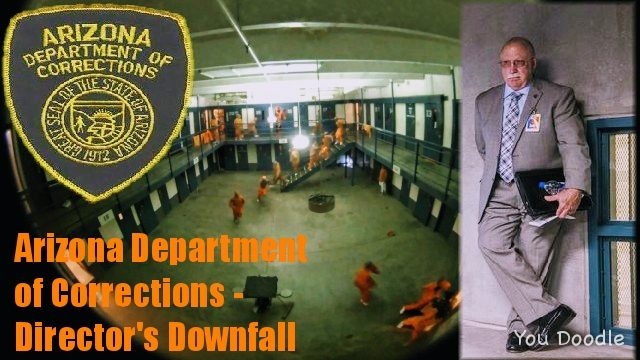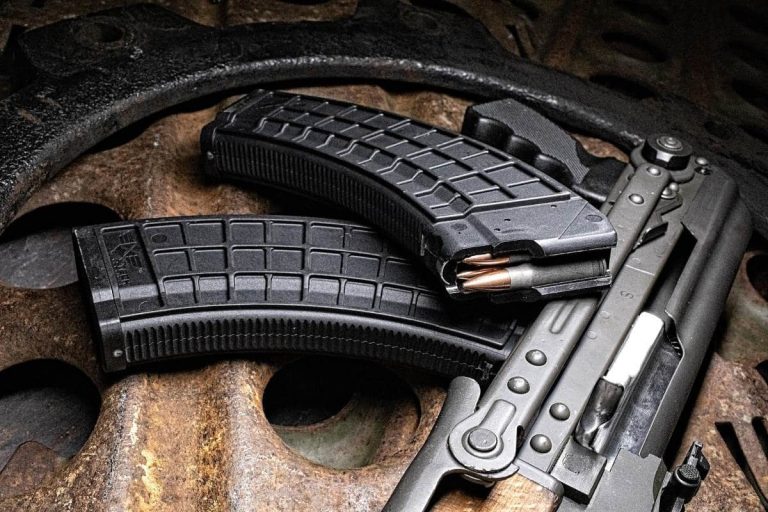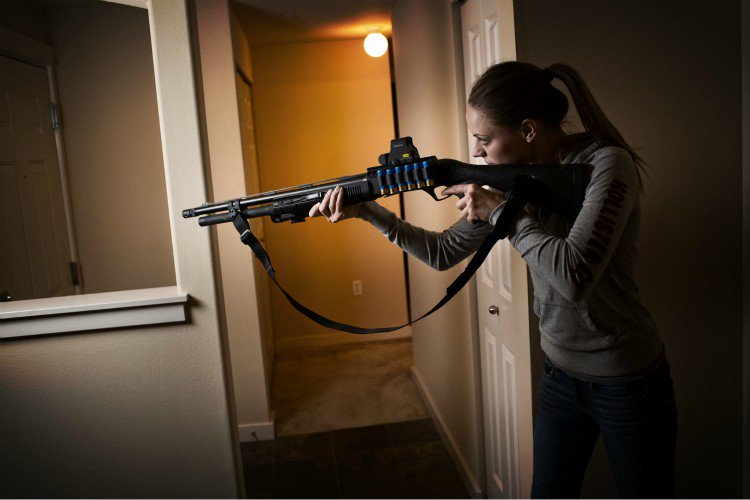
Arizona Department of Corrections – Director’s Downfall
The employees of the Arizona Department of Corrections are emerging from the shadows. They are unafraid, and are coming forward to share their stories of

The employees of the Arizona Department of Corrections are emerging from the shadows. They are unafraid, and are coming forward to share their stories of

The XTech Tactical MAG47 is made in the USA, And offers Stainless Steel lugs, Feed-lips and Spring. Talking Guns was asked to test these new

By Magnus Eriksson The intent with this column is to discuss general legal principles to make you aware of some commonly encountered realities and